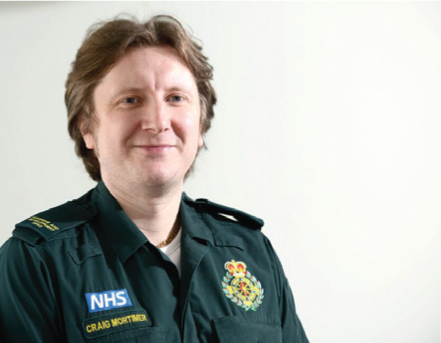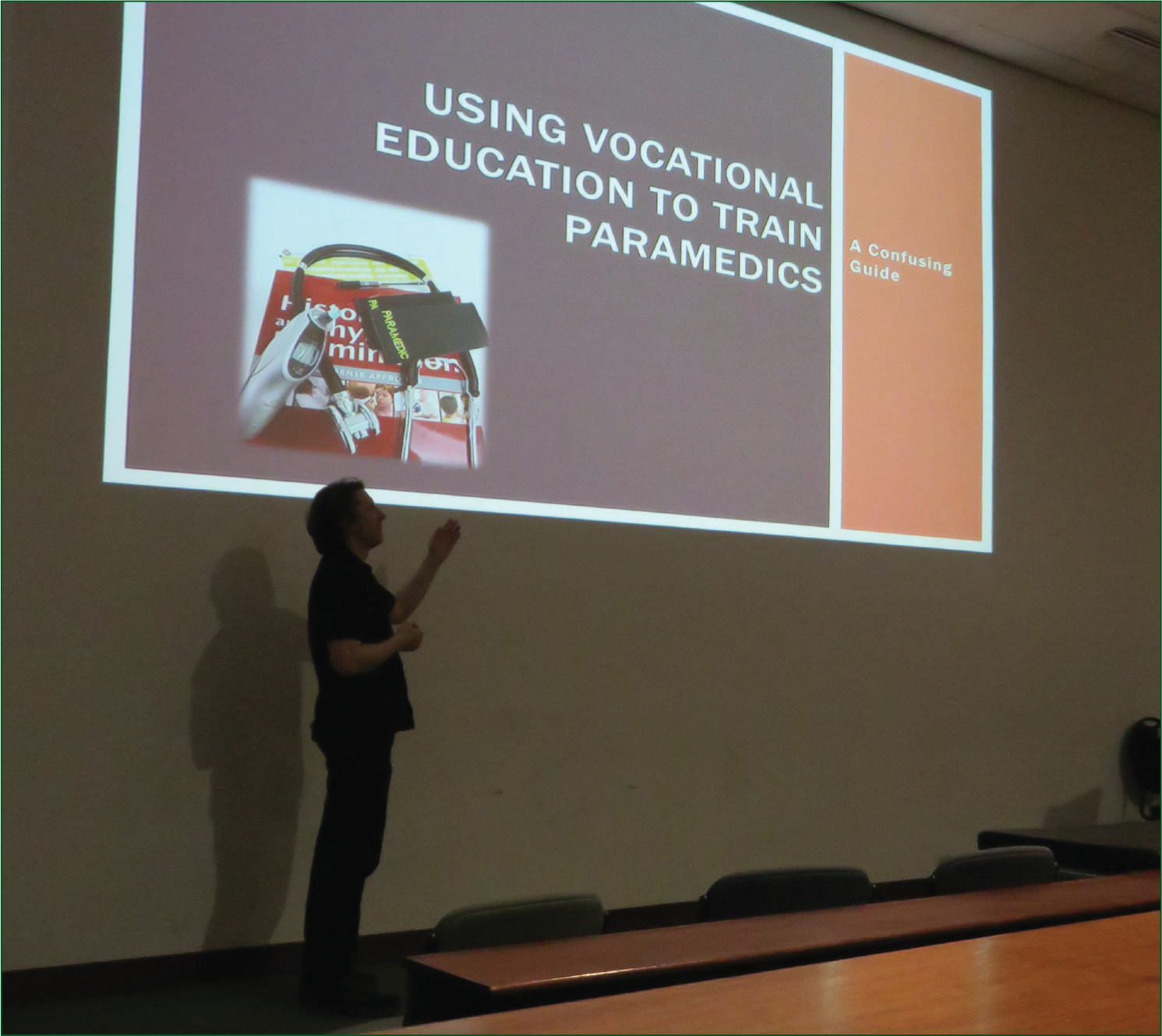
During our lifetime we will have all undertaken some form of learning which will have undoubtedly been presented to us as education, training, or more often than not both. This poses the question as to whether there are any differences between these two terms and does how they are used impact upon the individual learner and their development?
When we look at how pre-hospital clinicians are currently taught, we see a distinct transition away from using the term training, with current literature favouring the term education. The College of Paramedics (2014), who have been at the forefront of pushing paramedic learning into the university setting, clearly state that the role has and is continuing to change. By moving away from workers who have merely undergone training to pick patients up and deliver them to hospitals without a full understanding of what their condition is, the developing role now sees educated clinicians with the ability to assess, treat and rationalise individual regimens, focusing on providing the best practice health care to their patients.
In essence, if a clinician treats a patient in cardiac arrest, there is a singular algorithm to follow depending upon their location; this is something that is taught through a training course, a clear cut protocol that can be followed for any patient. Knowing why that individual is in cardiac arrest and knowing what is happening physiologically to them is taught through an educational approach which marks the difference in practice.
The Department of Health further supports this by having a constant use of the terms ‘education and training’ when discussing healthcare professionals. In their 2010 publication Front Line Care, they even go so far as to identify the term training as how healthcare workers ‘acquire the necessary competence and confidence’ required for their job role. Conversely, education is expressed as a reiteration of the comprehensive approach, when described as a way to ‘learn in new, creative ways, with optimum personal and professional development opportunities.’
This distinction would suggest that the use of these two terms is understood within the area of teaching and learning and that they are used for easily identifiable reasons. The problem with this rather hopeful expectation is that numerous authors have taken an alternate view, because while they may accept there are differences between both terms, they also believe that they are interchangeable and that any possible differences are too insignificant to worry about, and any perceived issues are merely down to semantics (Dearden, 1984).
The concern with this viewpoint is that once something is in print, others are encouraged to replicate it and this continued use causes it to become the accepted standard, whether correct or not. This has the potential to cause an incorrect attribution to be made, resulting in further confusion as to what is expected from any given event or text. Furthermore, from a reader's point of view, if you know a specific prescribed basic meaning of the terms, it is often easy to seek these descriptors out in any written passage focusing on them and almost forcing your understanding into the text, whether correct or not. This raises the question of whether authors or perusers of the written text actually compound the issue by either misrecognition of what is meant, or misunderstanding their use.
‘When we look at how pre-hospital clinicians are currently taught, we see a distinct transition away from using the term training, with current literature favouring the term education’

Due to concerns around such terminology, the view that education and training are not necessarily the best terms to use when discussing the way individuals are taught can be found in several publications, where we see them replaced with the terms ‘academic’ or ‘vocational’. This approach is something that is often seen as arbitrary, with most people just seeing this as a rebranding of the same problem, which adds further questions into the already complicated forum (Lucas, 2014).
This has resulted in a number of authors highlighting the unnecessary focus on specific words to describe the learning environment and further raised the concern that this quickly becomes distracting for everyone involved and detracts from the actual purpose of the learning event. If this is the overarching theme of a piece, it is entirely possible that the focus on whether something is an education or training event becomes somewhat insignificant and hence becomes a footnote within a greater study.
‘A much more rounded and acceptable outcome to everyone is when we see all of these terms as merely elements of the overall singular aspect of learning’
A much more rounded and acceptable outcome to everyone is when we see all of these terms as merely elements of the overall singular aspect of learning. In essence, does it matter what something is called as long as the information, knowledge or skill is taught correctly and subsequently learnt by the proposed individual? Students and staff alike are there to learn and likely do not care what title is given to the event they are undertaking, they are more interested in what they are learning and whether it is relevant and of interest to them (Garnett, 2001). With ongoing developments in what and how we teach and/or are taught, this thought should always be the overriding consideration of any learning programme or activity, but equally teachers, lecturers, educators or trainers should not compound any possible issues by confusing staff and students with incorrectly used terms.
Providing a sturdy evidence-based curriculum to all students and staff members is paramount, having one that allows for a reciprocating application of theory and practice is important, as it will provide an immediate and long-term learning environment for everyone involved. For this fact, it seems practical to continue following the health care thread of differentiating between the two terms, thereby allowing for a continual enhancement within the learning environment through the fusion of both education and training, as based on the current health care understanding of this terminology.

